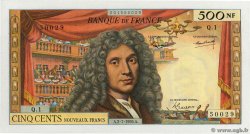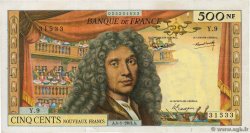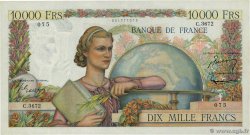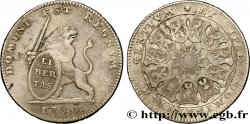You must signin and be an approved bidder to bid, LOGIN TO BID. Accounts are subject to approval and the approval process takes place within 48 hours. Do not wait until the day a sale closes to register. Clicking on "BID" constitutes acceptance of the terms of use of cgb.fr private live auctions.
Bids must be placed in whole Euro amounts only. The sale will start closing at the time stated on the item description; any bids received at the site after the closing time will not be executed. Transmission times may vary and bids could be rejected if you wait until the last second. For further information check the Live auction FAQ
All winning bids are subject to a 18% buyer’s fee.
All winning bids are subject to a 18% buyer’s fee.
| Estimate : | 250 € |
| Price : | 150 € |
| Maximum bid : | 150 € |
| End of the sale : | 28 January 2020 19:00:48 |
| bidders : | 1 bidder |
Type : Eine Rupie
Date: 1890
Mint name / Town : Berlin
Quantity minted : 154394
Metal : silver
Millesimal fineness : 917 ‰
Diameter : 30,61 mm
Orientation dies : 12 h.
Weight : 11,67 g.
Edge : cannelée
Coments on the condition:
très bel exemplaire avec un aspect mat sur les reliefs. Hélas de très légères traces de nettoyage dans les champs
Catalogue references :
Obverse
Obverse legend : GUILELMUS II IMPERATOR.
Obverse description : Buste cuirassé de Guillaume II à gauche.
Reverse
Reverse legend : DEUTSCH-OSTAFRIKANISCHE GESELLSCHAFT/ * EINE RUPIE *.
Reverse description : Au centre, emblème présentant un lion devant un palmier ; en-dessous le millésime.
Commentary
Rare dans cet état de conservation.







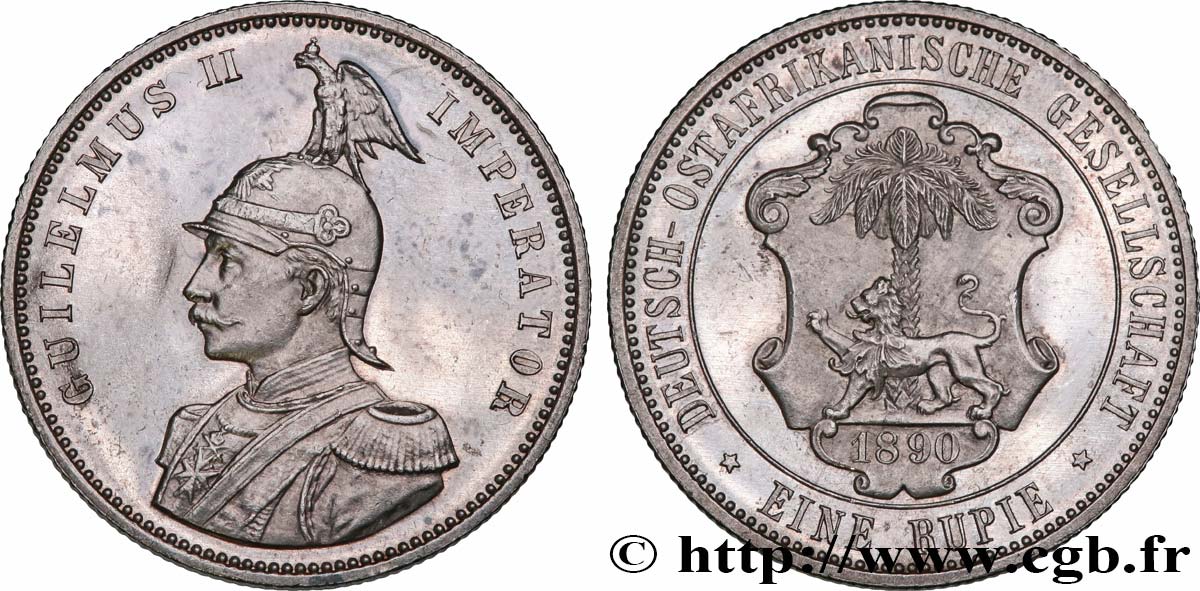
 Report a mistake
Report a mistake Print the page
Print the page Share my selection
Share my selection Ask a question
Ask a question Consign / sell
Consign / sell